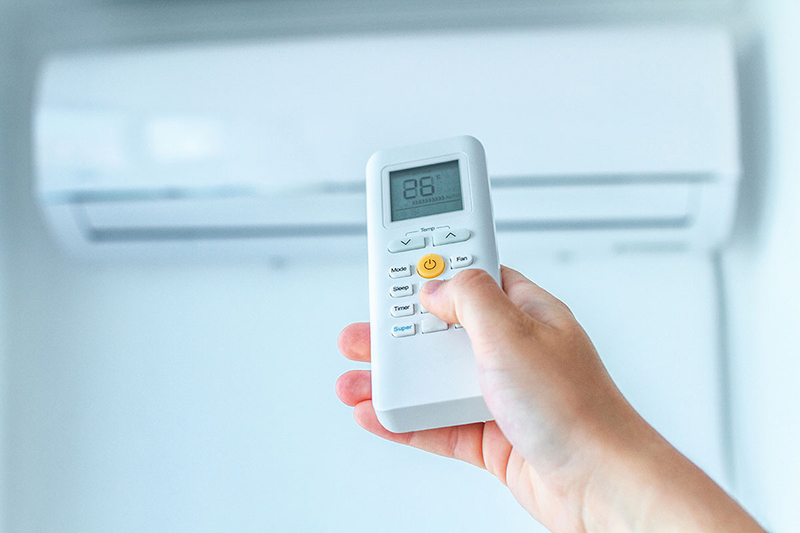
Heard of “Sick Building” Syndrome (SBS) before? This is a real condition where people in a building experience symptoms of sickness for no obvious reason. It’s usually connected with time spent in the building or combined shared space. It’s also mostly linked to poor air quality and other reasons, like the presence of heat, mold, poor ventilation, dust and bad lighting. The types of illnesses that can stem from this syndrome include respiratory troubles, irritated skin, headache, fatigue and even fever. It’s understood that buildings with air conditioners disperse contaminants into the air, therefore resulting in the illness. As an employer, you can mitigate this by ensuring that you clean your air filters on a regular basis, as well as manage your ventilation and air purification. Symptoms of SBS and How to Prevent Them Respiratory Problems Have you experienced times where you had breathing problems while inside an air-conditioned room that got better when you got out? This is a common result of failing to clean the air filters on a regular basis. When air filters are dirty, the pollutants that they trap will be released into the room, causing you to begin breathing them in and feeling unwell. It’s important to clean them frequently and replace them every 3 months. One telltale sign is when you realise that your aircon not cold. You should keep your surroundings clean as well to minimise pollutants in the room. Vacuum, dust, sanitise and get rid of mess and rubbish frequently. Don’t give bacteria a chance to linger inside the space and make you and your colleagues sick. You can call an aircon contractor to do a thorough cleaning. Irritated Skin If you like to direct the air conditioner’s vanes downwards so you can feel that cool rush of air, don’t. Air conditioners cool down rooms by getting rid of moisture from the air indoors and using them for long periods of time can lead to dryness. Keep the vanes upwards so it doesn’t directly reach your skin and limit the use of the air conditioner to a healthy amount. To boost humidity levels, use a humidifier or a smart air conditioner to control the humidity levels. You can also maintain it using the dry mode. Bring along a bottle of moisturiser to keep your skin moisturised and supple all the time. Dehydration When your room is being cooled, it reduces the humidity levels. This means that there’s a low moisture count indoors, raising the speed at which evaporation takes place in your body. You can combat this by raising the humidity levels with a humidifier or dry mode and drinking more water to hydrate yourself. Raised Blood Pressure The tiny arteries in our bodies constrict to reduce the loss of body heat in order to maintain our overall temperature. As a result, you may experience an increase in blood pressure. There is a direct link between the indoor temperature and our blood pressure - the lower the temperature is, the higher our blood pressure goes. If you suffer from hypertension, avoid low thermostat settings and limit your time in the cold.